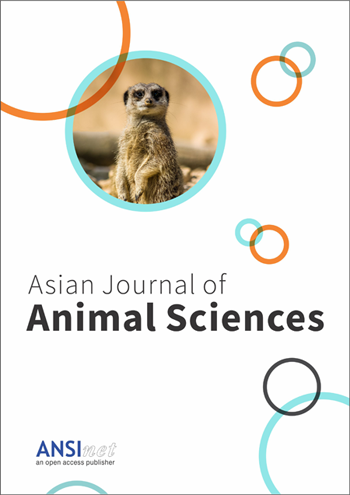Asian Journal of Animal Sciences
Asian Journal of Animal Sciences is an international well-indexed peer-reviewed scientific journal dedicated to publish cutting edge research on all aspects of animal sciences and related disciplines. Scope of the journal includes: Animal breeding and genetics, growth and development, meat science, modeling animal systems, behavior, cellular and molecular biology, physiology, endocrinology, reproduction, breeding and genetics, nutrition, husbandry, pathology and various aspects of animal diseases (both infectious and non-infectious), response to physical, chemical and biological stress including epidemiology, diagnosis, prevention and control of important diseases affecting livestock, poultry and wild life as well as their zoonotic concerns. Novel approaches for boosting animal production, nutrition and management, genetic improvement, clinical and paraclinical care, and safeguarding health will be entertained on priority.
Asian Journal of Animal Sciences is now accepting new submissions. Submit your next paper via online submission system.
